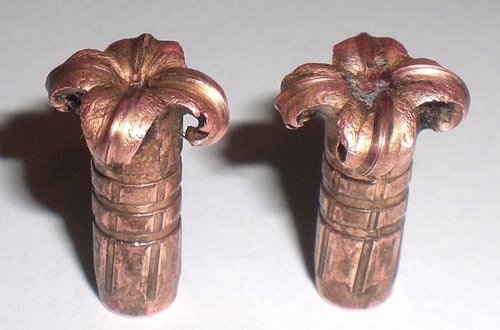ERSS
Well-known member
I have worked up several loads with Barnes Bullets, and been real happy with the performance at the range, punching paper. When headed out hunting, I usually revert back to the Nosler Partition.
We recovered two Barnes TSX 140 grain bullets from my sons elk yesterday and I am pretty impressed with thier performance on game. However, there was virtually no blood trail due to no full penetration/exit wound.
They seemed to retain almost 100% of thier weight ( have not weighed them yet )
Interested in anyone elses experience with Barnes TSX bullets on game, blood trails, and exit wounds
We recovered two Barnes TSX 140 grain bullets from my sons elk yesterday and I am pretty impressed with thier performance on game. However, there was virtually no blood trail due to no full penetration/exit wound.
They seemed to retain almost 100% of thier weight ( have not weighed them yet )
Interested in anyone elses experience with Barnes TSX bullets on game, blood trails, and exit wounds





